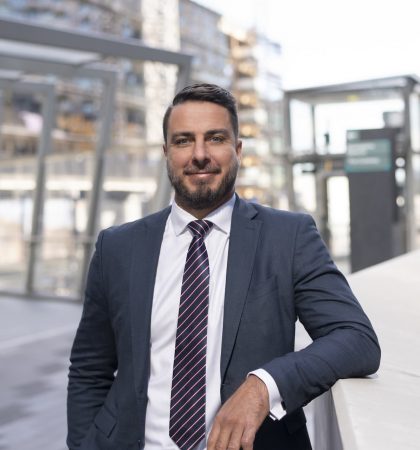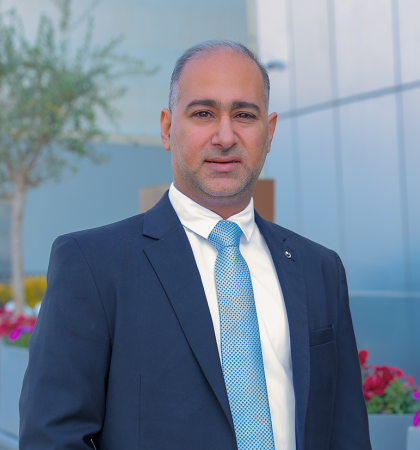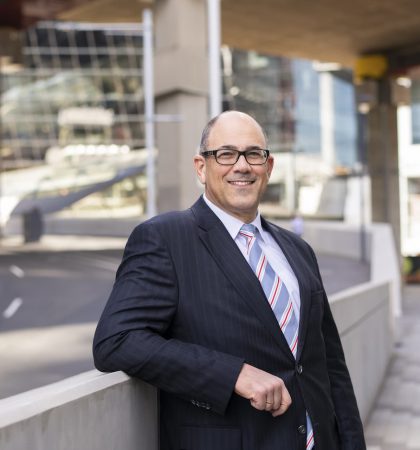Project Overview
Macquarie Group is responsible for the Sydney Metro and Martin Place Station. These developments vary in size, complexity, and strategic positions. Risk management services provided a robust and effective risk management system covering Legal, Project and Commercial aspects of risk. TBH was re-engaged by Macquarie to re-examine its risk management procedures and has requested that TBH return to provide further Risk Management Services to review the risks of the Sydney Metro project and offer options. the aim was Risk Management Plan and System to complement the commercial office role to integrate, track project development, report on the financial aspects of the development, and, monitor and track on project risks across the project (including feasibility, development, and financial and legal risks).
TBH’s Role
TBH was engaged by Macquarie Group to provide Risk Management Services to address risks associated with the construction of Sydney Metro and Martin Place Station. This involved the facilitation of a Risk Workshop with Macquarie , its advisors and Subject Matter Experts (SMEs) to review the existing Risk Register and supporting documentation, consider other risks and recommend how risk governance could be improved moving forward In the first section below we propose five stages which:
Stage 1 – Planning of integrated Project Risk System
- Design and develop an integrated Project Risk System and practices
- Design and develop a Stakeholder Matrix and project RACI Matrix • Draw together and consolidate three Risk Registers into one integrated Risk Register, incorporating Risk Registers for the different typs of risks
- Develop and collate a project Risk Management Plan (RMP) for the construction period of Sydney Metro and of the USP.
- Ensure that the RMP complies with the Macquarie Risk Management Group’s (RMG) Operational Risk and Compliance Policies and Risk and Control Self-Assessment (RCSA) Guide
- Design the reporting and monitoring capabilities in relation to the provision of the required project risk support
- Develop resourcing and cost model for the establishment and ongoing staffing of the project risk office
- Develop project risk health check templates and reports.
Stage 2 – Establish and implement integrated Reporting and Monitoring capabilities
- Establish and staff the Project Risk Office in accordance with the planning developed above; which will then proceed to:
- Implement the reporting and monitoring capabilities in relation to the provision of the required project risk support Manage and oversee centralised consolidated Project Risk Register
- Facilitate necessary reviews of existing project risk mitigation strategies
- Identify full time Risk Managers to support resourcing model
Stage 3 – Operationalisation of the Commercial Project Office (Risk function)
- Progressive transition and handover of the Project Risk Office from TBH resources to Macquarie resources, at the pace suitable to Macquarie .
- Transition of any relevant Skills and Knowledge to the Project Risk Office
- Handover of relevant IP developed during the engagement to enable Macquarie Group to establish an ongoing construction risk management information system
Stage 4 – Project Health Checks
- Establish and implement Quarterly Project Risk Health check practices • Conduct an initial project health check
- Report on any respective corrective actions or observations
- Recommendations for any remedial actions or recommended improvements
Stage 5 – Ongoing Project Risk Support
- Provide ongoing risk management support as required through embedding TBH resources within the commercial project office
- Conduct ongoing quarterly project health check and reporting
The TBH Difference
TBH provide a targeted and unified solution that improves the overall quality and accuracy of project delivery of Metro Martin Place infrastructure teams. The solution has been designed with a mind towards the sensitivity and complex of the projects, and encourage proactive, rather than reactive, management. Better decision making will also a result of the consolidation of quality risk data sources into feeding into real-time data reporting. Additionally, tools bring together detailed project-level forecasts and coulpe with a portfolio view of risk; will improve overall project management allowing the team to focus on delivery and achievement of outcomes and benefits.
To find out more about TBH’s Risk Management experience, please visit the Risk Management page.
Project Overview
| Client | Macquarie Group |
|---|---|
| Services | Risk Management |
| Value | Confidential |
| Duration | 2018 |




